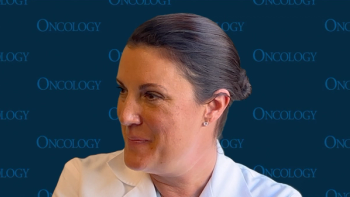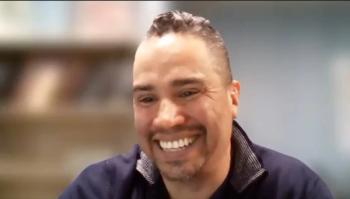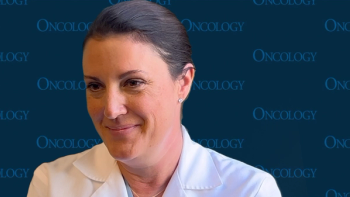
Addressing the Future of CAR T-Cell Therapies in Multiple Myeloma
“Every patient [with multiple myeloma] should be offered CAR T before they’re offered a bispecific, with some rare exceptions,” said Barry Paul, MD.
Although chimeric antigen receptor (CAR) T-cell therapies have shown advances in the landscape of multiple myeloma care, there is more that providers can do to optimize them. At the 2025 National Immune Cell Effector Therapy Conference, Barry Paul, MD, spoke with CancerNetwork® following his presentation on the latest CAR T-cell advances in multiple myeloma.
One of the steps that Paul, an assistant professor of cancer medicine at Atrium Health Levine Cancer Institute of Wake Forest University School of Medicine, highlighted as being important to address was finding new antigen targets. Although they are effective when targeted, it is “futile” to attack them again if they become lost, even with a different mechanism. Maintenance-based strategies are also something that could be helpful in preventing overexpansion where there are significant toxicities.
The sequencing of CAR T-cell therapies is another facet of the modality that he emphasized, particularly about how they should be administered before bispecific antibodies. He said there are data showing that if a patient responds to a CAR T-cell therapy for at least 6 months, they may still be able to respond to a bispecific antibody; conversely, if a patient has received a bispecific antibody, they have a smaller chance of responding to subsequent CAR T-cell therapy.
Transcript:
What are the next steps for improving CAR T-cell therapies?
New antigen targets would be a big [next step]. We are targeting these things in such a way that they’re very effective, but if patients, at some point, lose that antigen target, then using different mechanisms to target the same antigen is going to be futile. Having more options for patients who are heavily pretreated and may have lost that antigen or have that antigen mutated in a way that it’s no longer responding to therapy would certainly be effective. That would be helpful.
[There are] ways to help extend the benefit of CAR T-cell therapies: maintenance-based strategies and things like that to help CAR T expand and to prevent overexpansion where we have significant [adverse] effects. Those opportunities are a great place to start.
What were some of the takeaways from the symposium?
One of the big [takeaways] is the sequencing of [CAR T-cell therapies] with or without bispecific antibodies. These [CAR T-cell therapies] and bispecific antibodies targeting BCMA share the same target, so the question would be, what’s the best way to target these things? Is it to do a CAR [T-cell therapy] first or a bispecific first?
In the community setting, where a lot of practitioners are comfortable offering a bispecific antibody but can’t do CAR T-cell therapy, are they doing a disservice if they offer those patients a bispecific without having them evaluated for CAR [T-cell therapy] first? My specific thought process on this is that there are data from the [phase 2 CARTITUDE-2 trial (NCT04133636)] and some others that suggest that if a patient has responded to a CAR T-cell therapy for at least 6 months, they have a decent chance of having a good response to a bispecific antibody. The converse of that—if a patient has had a bispecific antibody and they were treated until progression, and then they were challenged with a CAR [T-cell therapy]—there’s less efficacy in that space. I do believe that every patient should be offered a CAR [T-cell therapy] before they’re offered a bispecific, with some rare exceptions for patients who are frail or perhaps have significant comorbidities or don’t have access to a CAR T-cell therapy center.
Reference
Paul B. Advances in CAR-T therapy for myeloma. Presented at: 2025 National Immune Cell Effector Therapy Conference; July 26, 2025; Orlando, FL.
Newsletter
Stay up to date on recent advances in the multidisciplinary approach to cancer.

















































































